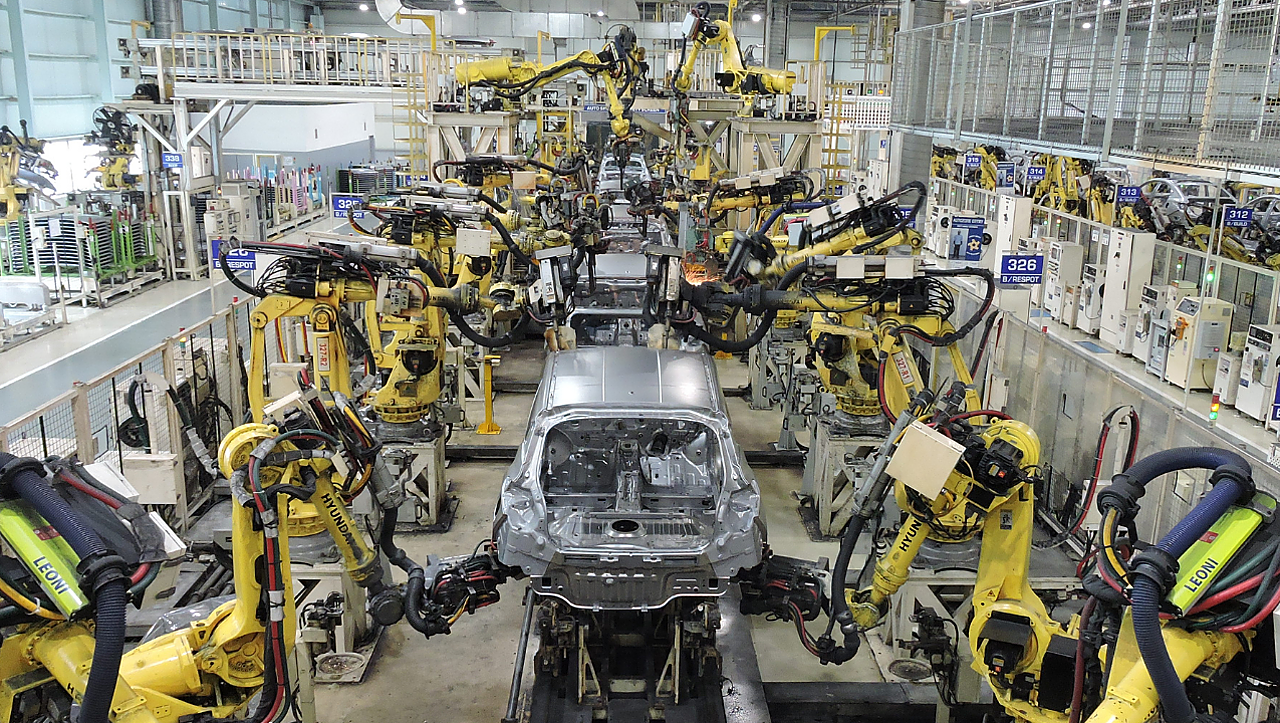
Shortage of workforce in developed countries, the need to adopt labour safety standards, and the emergence of Artificial Intelligence (AI) influence the growth of the robotics industry, reaching $70.84 billion in 2021, says Beroe Inc.
The robotics market saw significant growth during 2017-19, primarily owing to the industrial, automotive, defence, and medical sectors. The market size was about $ 43 billion in 2018 and grew at a CAGR of 10.5% until this year.
According to Beroe, which provides critical market information and analysis that enables companies to make smart sourcing decisions, the robotics industry has witnessed significant growth in demand as it has become a key strategy in implementing Industry 4.0.
In terms of business strategy, Vignesh Premkumar, Research Analyst, Beroe, said that access to technological advancements and optimising cost through productivity improvement and efficiency are critical factors to improve business. 'The development of the robotics market can be attributed to the demand in end-use sectors such as automotive, defence, medical, space, and entertainment,' he said.
'Despite the booming growth of robots, high initial investments, combined with high-tech research and development cost, has constrained industry growth,' he added.
APAC leads the demand generation
Beroe states that the Asia-Pacific region leads in overall demand for robotics at 39%, followed by Europe at 25%, and the Americas at 24%. As a result, major players in the robotic industry are involved in producing high-performance and highly competitive robots. In addition, optimisation of design enables manufacturers to offer competitive prices and increase market share.
Key segments fuelling the demand
The factors driving robotics include the demand from electronics, electric vehicle market, automotive companies in Asia and automotive and manufacturing companies in Europe. In addition, the need for automation in the Americas, owing to their dependence on newer technologies to embrace Industry 4.0, also generates demand for robotics.
There are several types of robots available in the market. These include articulated, cylindrical robots, SCARA, and Cartesian robots. Within the industrial robots segment, the highest share is occupied by articulated robots since this equipment can handle a higher payload while working efficiently. These are currently used in many operations such as welding, assembly, material handling, packaging, and casing.
Robotics finds greater applications in automotive, electronics defence, aerospace, metals, chemicals, and food industries. In these industries, customised robots have already been deployed as per their requirement. The automotive sector accounts for 41% of industrial demand. The electrical and electronics industry represents about 20%, the metal industry 13%, and the chemical, rubber, and plastics industries 9%.
Robots are also used in the manufacturing sector, especially in assembling, welding, and material handling automotive parts to reduce labour-power.
Premkumar said the robotics market is witnessing phenomenal growth, and several companies are developing partnerships with other players that offer the Internet of Things and Artificial Intelligence. Moreover, the competition among manufacturers will further bolster the adoption of robotics, he said.
'In all this, artificial intelligence is expected to play a critical role. As with anything, the robotics market isn't perfect. There are gaps that restrict its growth and adoption rate. AI can play a game-changer in addressing the key constraints and filling the gaps,' he added.
Courtesy: Beroe. NB: Photo is representational; courtesy: Hyundai Motor India.